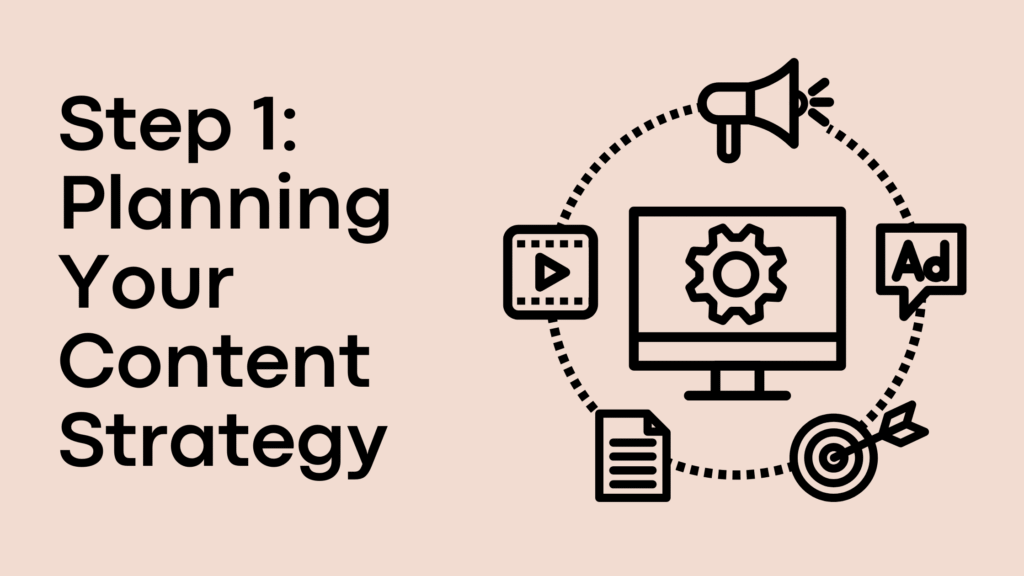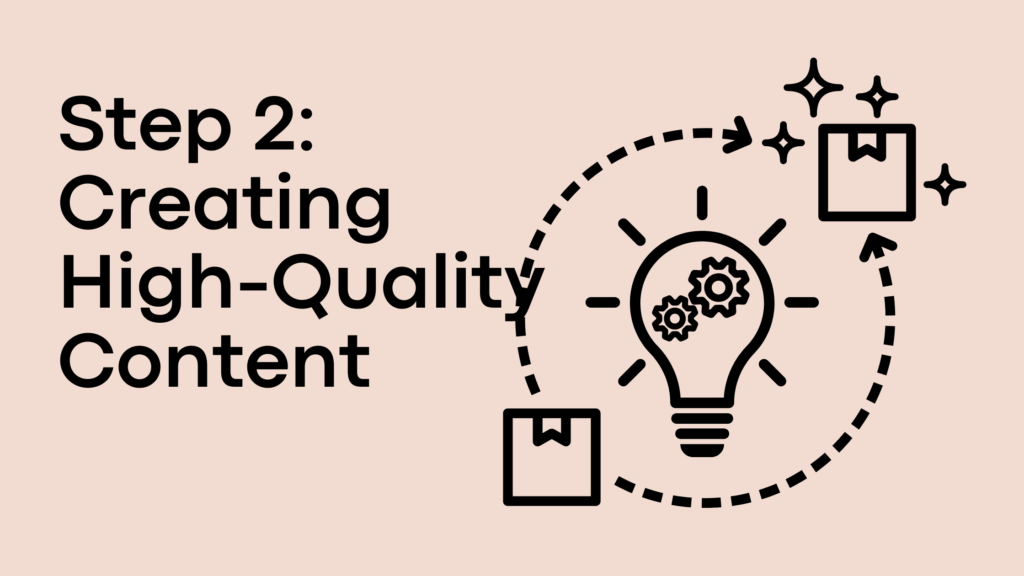In today’s digital-first world, content isn’t just king—it’s the entire kingdom. Businesses of all sizes are turning to content marketing to attract, engage, and convert their ideal audience. But content without a strategy is like shooting arrows in the dark. To get real, measurable results, you need a structured content marketing strategy.
In this post, we’ll walk you through how to plan, create, and measure a successful content marketing campaign—step by step.
Why Content Marketing Strategy Matters
Before diving into the how-to, it’s important to understand the why. Content marketing without strategy is like building a house without blueprints—it may hold up for a while, but it won’t be sustainable.
Here’s what a good content strategy helps you achieve:
- Consistent brand messaging
- Better audience targeting
- Higher engagement and conversion rates
- Measurable return on investment (ROI)
- Streamlined content creation processes
Step 1: Planning Your Content Strategy

1.1 Define Your Goals
What do you want your content to achieve? Set SMART (Specific, Measurable, Achievable, Relevant, Time-bound) goals. Examples:
- Increase website traffic by 30% in 6 months
- Generate 500 leads through gated content
- Improve email open rates by 10%
1.2 Know Your Audience
Understanding your audience is crucial. Develop buyer personas that reflect your ideal customer’s:
- Demographics (age, location, job title)
- Pain points
- Buying behavior
- Preferred content formats and channels
Use tools like Google Analytics, customer surveys, and social media insights to gather data.
1.3 Audit Your Existing Content
Before creating something new, review what you already have. A content audit helps you:
- Identify top-performing pieces
- Update or repurpose old content
- Remove underperforming assets
Use tools like SEMrush, Screaming Frog, or HubSpot’s audit feature for this.
1.4 Choose Your Content Types & Channels
Depending on your audience and goals, choose the right mix of content types:
- Blog posts
- Ebooks/whitepapers
- Videos
- Infographics
- Case studies
- Podcasts
Distribute them across relevant platforms: website, email, social media, YouTube, etc.
Step 2: Creating High-Quality Content

2.1 Develop a Content Calendar
A content calendar ensures consistency and helps your team stay organized. Plan:
- Topics
- Keywords
- Deadlines
- Responsible team members
- Publishing channels
You can use tools like Trello, Notion, or CoSchedule for visual planning.
2.2 Focus on Quality Over Quantity
While consistency is important, quality matters more. Good content should:
- Solve a specific problem
- Be well-researched and accurate
- Include visuals (images, charts, videos)
- Use a clear and engaging tone
- Be optimized for SEO
2.3 Optimize for SEO
If no one can find your content, it won’t work. Basic SEO optimization includes:
- Using target keywords naturally
- Writing compelling meta descriptions and titles
- Adding internal and external links
- Optimizing images with alt text
- Using clear headers (H1, H2, H3)
Tools like Yoast SEO (WordPress), SurferSEO, or Clearscope can help you nail this step.
2.4 Include CTAs (Calls to Action)
Always guide your readers on the next step—whether it’s subscribing, downloading, sharing, or contacting you. A good CTA is:
- Clear and actionable
- Placed strategically (top, middle, end)
- Aligned with the content’s purpose
Step 3: Measuring Success
3.1 Track Key Metrics
You can’t manage what you don’t measure. Choose metrics that align with your original goals. For example:
For Awareness:
- Page views
- Social shares
- Impressions
For Engagement:
- Time on page
- Bounce rate
- Comments or replies
For Conversions:
- Click-through rates (CTR)
- Form submissions
- Sales or sign-ups
3.2 Use the Right Tools
Here are some tools to help you measure content performance:
- Google Analytics: Traffic, behavior, conversions
- Google Search Console: Search visibility, keyword ranking
- HubSpot/Marketo: Lead tracking and attribution
- Social platforms’ insights: Engagement, reach, demographics
- Hotjar or Crazy Egg: Heatmaps, user behavior tracking
3.3 Analyze and Optimize
Once you have data, the real work begins: optimization.
- Update content that’s outdated but still ranks
- Improve underperforming content with better headlines, CTAs, or visuals
- Repurpose successful content into new formats (e.g., blog post → video → infographic)
Make optimization a monthly habit.
Pro Tips for Long-Term Success
✅ Stay Agile
Trends, platforms, and algorithms change—your strategy should be flexible enough to adapt.
✅ Encourage Collaboration
Content marketing works best when aligned with sales, customer support, and product teams. Their insights are goldmines for content ideas.
✅ Don’t Skip Distribution
Creating content is just half the job. Promote it via email, social media, paid ads, or influencer collaborations to reach a broader audience.
✅ Keep Learning
Follow industry blogs, attend webinars, and keep testing. Digital marketing is a moving target.
Final Thoughts
A strong content marketing strategy doesn’t just “happen.” It’s the result of thoughtful planning, consistent creation, and data-driven improvements. By aligning your content with business goals and user needs, you build trust, authority, and—most importantly—results.
Whether you’re a solopreneur or part of a larger team, the framework shared here can help you build a content machine that delivers value for both your brand and your audience.
Ready to take action? Start by reviewing your existing content and building your first content calendar. The rest will follow with time, effort, and iteration.
Would you like this formatted for WordPress or need a content calendar template to go along with it?

